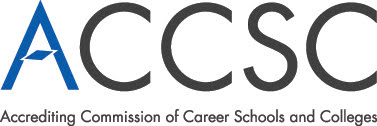Job Outlook for Medical Assistants
One of the professions most likely to benefit from the Affordable Care Act and the graying of baby boomers is that of medical assistant. This is an exploding growth career for individuals interested in a mixture of administrative and clinical duties. What’s more, the degree program one needs to complete to enter this career usually lasts less than two years. This is very appealing, especially today in light of the high cost of university education.
Overview of the Profession
Medical assistants work under the supervision of physicians. Although it is possible to work in this career by learning on the job, most employers prefer formal training before hiring an assistant. One way to achieve this is earning a medical assistant degree in the Fort Collins area. A school that offers medical assistant education might also offer other types of vocational training. An example is a school that is also a cosmetology college in Fort Collins.
Medical assistants who earn professional certification typically have the greatest job prospects. At least five certifications are available for this profession. Medical assistants are employed primarily in physician offices, ambulatory care facilities, and clinics. Almost all work full-time. Among their administrative duties are utilizing computer applications, keeping medical records up to date, scheduling appointments, arranging for laboratory tests, and coding health insurance forms. Clinical duties can be varied but often include taking patient medical histories, getting individuals ready for examinations, explaining how to take medication, drawing blood, and assisting a doctor during an exam.
Projected Job Growth
In 2012, there were 560,800 medical assistant jobs in the United States. Predictions show the addition of 162,900 jobs by 2022. This estimated 29 percent growth is much faster than average compared to that of all U.S. jobs. Median pay in 2012 was $14.12 per hour, or $29,370 per year.
The aging of the baby boomer generation will continue to create a demand for preventive health services. As practices expand to accommodate this growing need, physicians will require more medical assistants to free them to provide direct patient care. Most medical assistants have jobs in primary care, which has steady growth within the U.S. healthcare industry. With the passage of the Affordable Care Act in 2010, more Americans have access to health insurance and medical care. This demand means more jobs for medical assistants.
Constantly changing technology also plays a role in expected demand for this profession. As more practices incorporate the use of electronic health records, medical assistants’ duties will continue to evolve. This requires hiring trained assistants familiar with the appropriate software.



